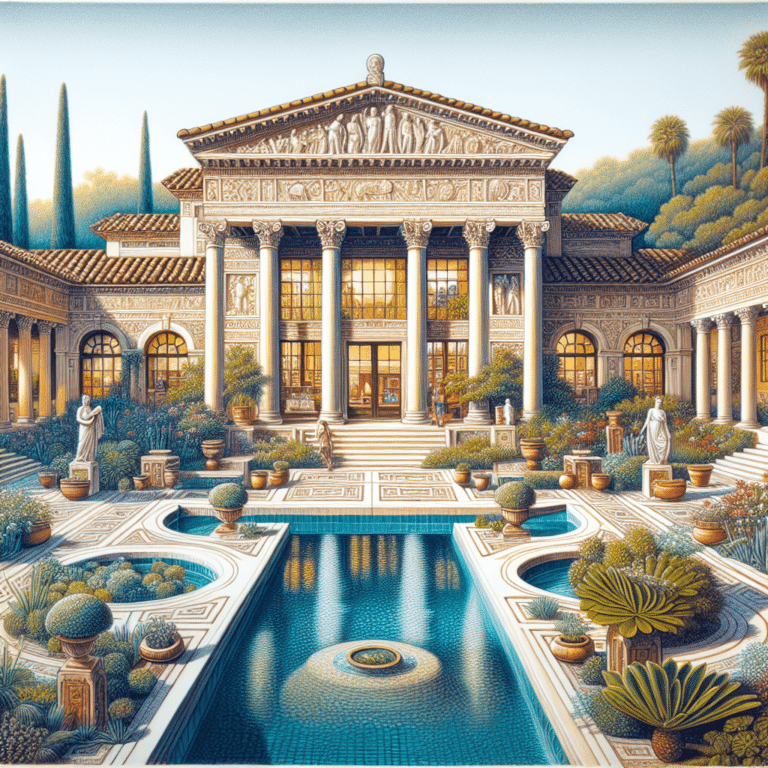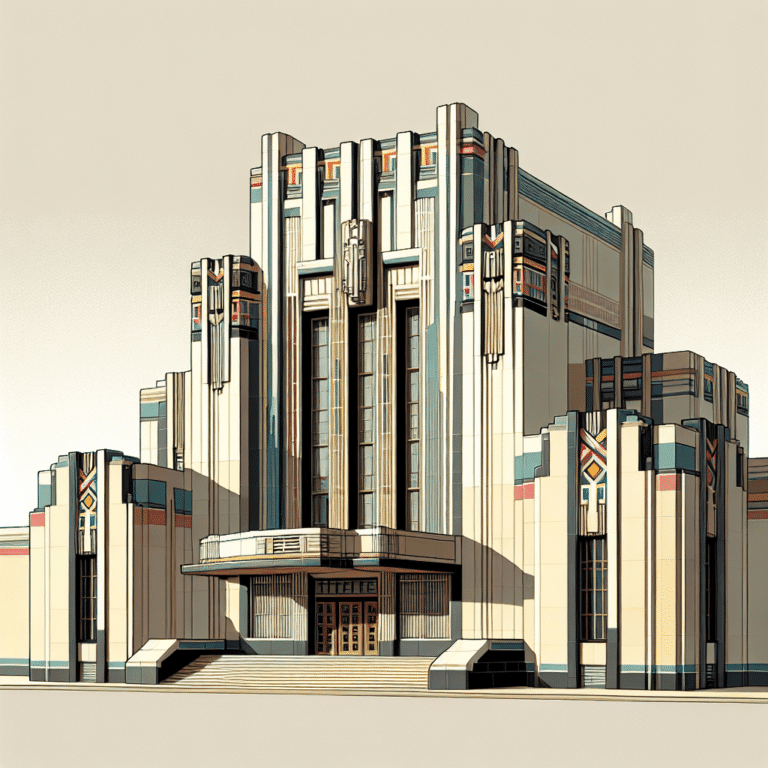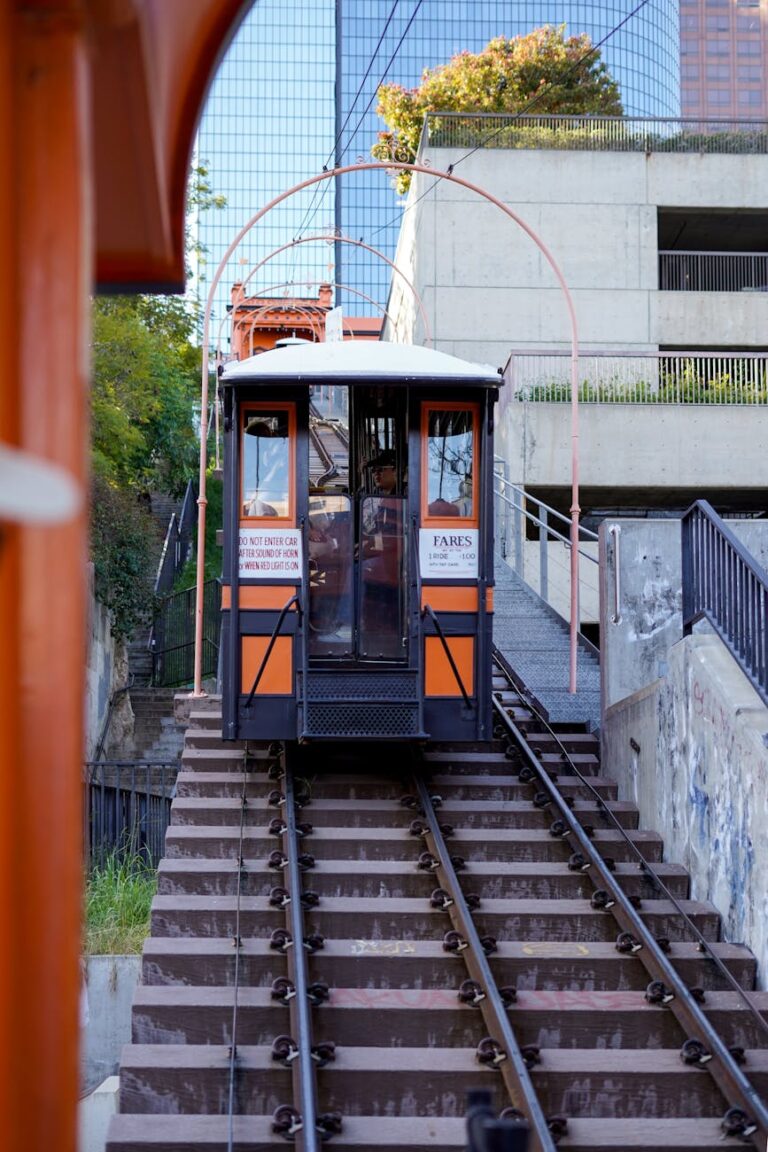California African American Museum – Reviewed
Exploring the California African American Museum
CAAM Mission and History
I was thrilled to learn about the mission and history of the California African American Museum (CAAM). Established in 1981, this vibrant museum is dedicated to researching, collecting, preserving, and interpreting the rich history, art, and culture of African Americans. Located in Exposition Park, just south of Downtown Los Angeles, CAAM aims to enrich the public’s understanding and appreciation of African American contributions to society (CAAMuseum).
The museum moved to its permanent home in 1984, where it showcased its inaugural exhibition titled “The Black Olympians 1904-1984,” curated by Lonnie Bunch, who later became the founding director of the Smithsonian National Museum of African American History and Culture. It’s fascinating to see how CAAM has evolved over the years, with a major renovation occurring between 2001 and 2003 to enhance the facilities and exhibitions (Wikipedia).
CAAM Architecture and Facilities
The architecture of CAAM is just as impressive as its mission. The museum occupies a sprawling 44,000 square feet, designed by architects Jack Haywood and Vince Proby with state and private funds totaling around $5 million. It features three exhibition galleries, a theater gallery, and a stunning 14,000-square-foot sculpture court. The facilities also include a conference center, an archive and research library, and various areas for administration, exhibit design, and artifact storage (Wikipedia).
| Feature | Description |
|---|---|
| Total Area | 44,000 square feet |
| Exhibition Galleries | Three |
| Theater Gallery | Yes |
| Sculpture Court | 14,000 square feet |
| Archive and Research Library | Yes |
| Conference Center | Yes |
| Special Events Room | Yes |
It’s exciting to think about how CAAM plans to expand and renovate further, with preliminary plans estimating a cost of $67.3 million to nearly triple the museum’s size. Each visit to the California African American Museum is not only an opportunity to explore African American history but also a chance to appreciate the architectural beauty of the space. If you’re interested in discovering more about other fantastic museums in Los Angeles, check out our list of the best los angeles museums.
CAAM Permanent Collection
The California African American Museum (CAAM) boasts an impressive permanent collection that celebrates the rich history and culture of African Americans. I was thrilled to discover the variety of artwork and historical artifacts on display, each telling a unique story.
Artwork and Historical Artifacts
With over 6,300 objects in its collection, CAAM showcases a wide array of art forms and historical memorabilia. The collection features everything from paintings and photographs to sculptures and artifacts representing the diverse contributions of African Americans throughout history. This includes pieces of African art and stunning 19th-century landscapes. The breadth of the collection makes it a treasure trove for anyone interested in exploring African American heritage.
| Type of Collection | Number of Items |
|---|---|
| Artworks | Varied (includes paintings, sculptures, etc.) |
| Historical Artifacts | Over 6,300 total items |
| Research Materials | Over 20,000 books and references |
The museum also curates mounted exhibitions from its collection and collaborates with other institutions for traveling exhibitions, ensuring that there’s always something new and exciting to experience. Visitors appreciate not only the artifacts but also the thoughtful quality of the exhibits, which are designed to educate and provoke thought about African American culture (Tripadvisor).
Research Library and Exhibitions
CAAM’s research library is another gem within the museum, housing over 20,000 books and reference materials. While open for limited public use, it provides an invaluable resource for those looking to dive deeper into African American history and culture. This library complements the collection by offering the opportunity for research and exploration of topics that may not be fully covered in the exhibitions.
The exhibitions themselves are a highlight of any visit. They are curated with care and aim to provide insights into the African American experience. I found the educational value of the exhibits to be incredibly enriching, making it an ideal destination for families and individuals alike looking to learn and reflect on important historical narratives (Wikipedia).
For those in Los Angeles looking for a fun way to experience history, CAAM is a must-visit destination. It’s conveniently located in Exposition Park, surrounded by other remarkable attractions, making it perfect for a day of exploration. For more recommendations on museums in the area, check out our list of best los angeles museums.
Educational Programs at CAAM
Art Education Initiatives
I am truly excited about the innovative art education programs at the California African American Museum! These initiatives cater to students, educators, and the general public, providing a unique opportunity to engage with African American art and culture. The programs are designed to inspire creativity and promote understanding of the rich heritage within the African American community.
The museum offers a variety of workshops, classes, and programs that encourage participants to explore their artistic abilities while learning about important historical contexts. This is a fantastic way for families to dive into art together and appreciate the cultural significance behind it.
| Program Type | Audience | Description |
|---|---|---|
| Workshops | Students | Hands-on art-making sessions focusing on African American artists. |
| Teacher Training | Educators | Professional development opportunities to integrate art into the curriculum. |
| Public Programs | General Public | Community events that highlight African American culture through art. |
For more information about these programs, check out the best Los Angeles museums section and see how CAAM stands out.
Community Involvement and Social Justice Mission
The California African American Museum takes pride in being a creative think tank that explores ways to fulfill its social justice mission through art, culture, and community involvement. The museum actively engages the community in various initiatives that promote awareness and understanding of social justice issues affecting African American communities.
Through collaborative events, forums, and exhibitions, CAAM fosters meaningful conversations about race, identity, and culture. The museum’s commitment to community involvement is not just about showcasing art; it’s about making a difference in society.
Additionally, CAAM provides a host of online resources, such as virtual exhibitions and podcasts, that allow people to learn about Black history and culture from the comfort of their homes. These resources make it possible for anyone to delve into African American heritage beyond specific months like Black History Month (California African American Museum).
By celebrating Black history every day, the museum highlights the achievements and contributions of African Americans in various fields. This commitment to education and awareness is something that resonates deeply with me, as it offers a platform for dialogue and reflection on cultural heritage and social issues. For more insights into the different museums in Los Angeles, explore the Natural History Museum of Los Angeles County or the Museum of Tolerance.
Online Resources at CAAM
I love exploring the various online resources offered by the California African American Museum (CAAM). These digital offerings not only make learning accessible but also provide an exciting way to engage with African American history and culture from the comfort of home.
Virtual Exhibitions and Podcasts
CAAM provides a variety of virtual exhibitions and podcasts that allow me to dive deeper into the rich narratives of African American heritage. These resources are available at any time, making it easy for me to learn about significant figures and events beyond specific observances like Black History Month. The virtual exhibitions feature artwork, historical artifacts, and multimedia presentations that showcase the contributions of African Americans to art, history, and culture.
Here’s a quick look at some of the offerings:
| Resource Type | Description |
|---|---|
| Virtual Exhibitions | Interactive online displays of artwork and history. |
| Podcasts | Engaging audio discussions on various topics related to African American experiences. |
For more information on these resources, visit the California African American Museum.
Black History Every Day Initiative
One of the most exciting aspects of CAAM is their Black History Every Day initiative. This program celebrates the achievements and contributions of African Americans throughout the year, not just during designated months. I appreciate how CAAM emphasizes the importance of recognizing these contributions daily, fostering conversations about the diverse experiences of African Americans.
The initiative features:
- Digital Resources: Articles, videos, and profiles highlighting significant figures in various fields.
- Community Engagement: Opportunities for dialogue and reflection on cultural heritage and social issues.
This initiative aims to inspire awareness and appreciation of African American heritage, ensuring that the contributions of African Americans are recognized and celebrated throughout the year. For more details, check out the Black History Every Day Initiative page.
By utilizing these online resources, I can deepen my understanding of the African American experience and contribute to ongoing discussions about culture and social justice. Exploring these digital offerings from CAAM is an enriching way to appreciate the historical and contemporary significance of African Americans in shaping American society.
Visitor Experience at CAAM
Educational and Thought-Provoking Exhibits
When I visit the California African American Museum, I am always struck by the variety of exhibits that are both educational and thought-provoking. The museum showcases a rich tapestry of African American history and culture, making it a fantastic destination for individuals and families looking to immerse themselves in this important narrative. According to Tripadvisor, visitors appreciate not only the historical artifacts but also the quality of the exhibits, which offer valuable insights into the African American experience.
Each exhibit is designed to provide a new perspective on history, with informative displays that captivate the mind. The museum is committed to showcasing artwork and artifacts that resonate deeply with visitors, allowing them to engage with the material in a meaningful way. If you’re looking for a place that sparks curiosity and promotes understanding, CAAM is certainly a great option.
| Exhibit Highlights | Description |
|---|---|
| Historical Artifacts | Items that reflect the African American journey. |
| Artistic Installations | Works that celebrate Black creativity and culture. |
| Interactive Displays | Engaging setups that encourage participation. |
Location in Exposition Park
The California African American Museum is conveniently located in Exposition Park, an area known for its vibrant cultural atmosphere. This location not only makes it accessible but also offers a variety of other attractions that visitors can explore. After spending time at CAAM, I love taking a stroll around the park to enjoy its beautiful surroundings and other nearby facilities.
Exposition Park features several other notable destinations, including the California Science Center, the Natural History Museum of Los Angeles County, and the Los Angeles Memorial Coliseum. Each of these attractions adds to the richness of the experience, allowing visitors to make a full day of cultural exploration. If you are planning a visit, make sure to check out some of the other best Los Angeles museums in the vicinity, such as The Getty Center or LACMA.
The combination of educational exhibits at CAAM and the diverse offerings in Exposition Park creates a fantastic opportunity for learning and enjoyment. I always leave feeling inspired and enlightened about the contributions of African Americans to our shared history.







